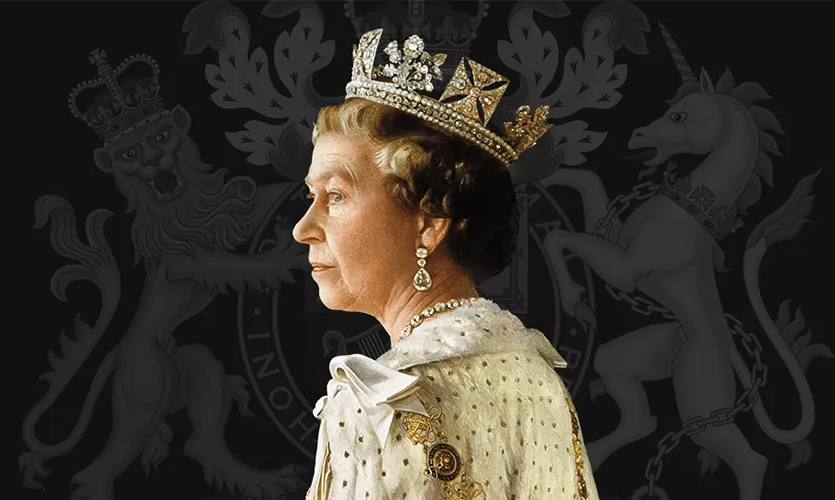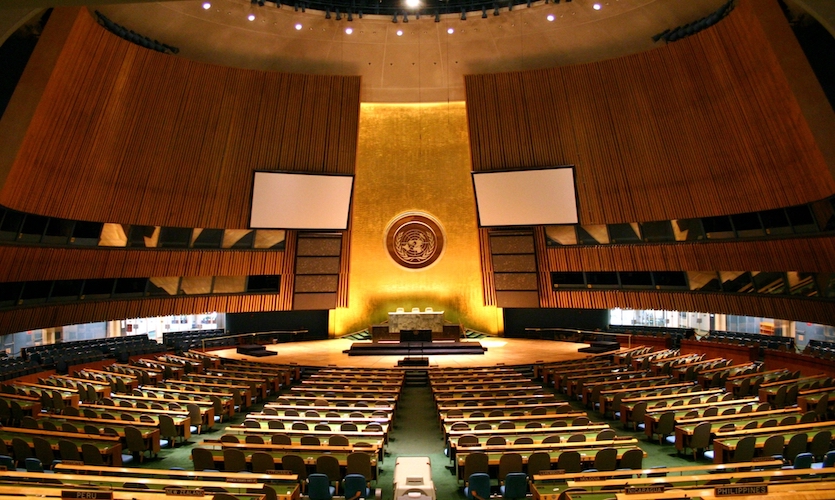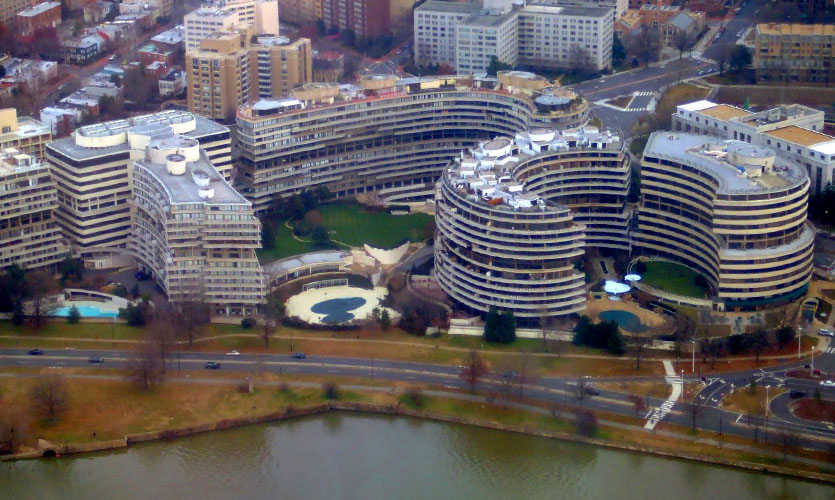British monarch Queen Elizabeth II died on Thursday, at Balmoral Castle in Scotland, after reigning for 70 years. She was 96. Her death ends the longest reign in British history, and possibly by any head of state.
Buckingham Palace said she died at Balmoral Castle, her summer retreat in Scotland, where members of the royal family had hurried to her side as her health deteriorated. The queen was in good health long into her 90s, though she used a cane in public when Prince Philip, her 73-year-old husband, died in 2021. She was hospitalised for a night in London, in October last year, for medical examinations, and her public appearances were more limited following that.
Queen’s Last Official Act
In the days leading up to her death, Queen Elizabeth II had appointed Liz Truss as the British Prime Minister, following Boris Johnson’s resignation. In an official photograph, Truss is seen shaking hands with the monarch and becoming the 15th prime minister in her 70-year reign. As the 96-year-old queen was deemed unfit to return to London due to ill health, the symbolic ceremony took place at Balmoral, breaking with tradition in her last official act.
Truss stepped out at 10 Downing Street in London on Thursday, to reflect on the legacy of Britain’s longest-reigning monarch. She described her as a champion of the Commonwealth, and a source of stability and strength over the span of 70 years.
“Queen Elizabeth II was the rock on which modern Britain was built. Our country has grown and flourished under her reign. Britain is the great country it is today because of her,” she said.
“She has been our longest-ever reigning monarch. It is an extraordinary achievement to have presided with such dignity and grace for 70 years. Her life of service stretched beyond most of our living memories. In return, she was loved and admired by the people in the United Kingdom and all around the world,” added Truss. In describing her as a personal inspiration, the new prime minister praised the queen’s devotion to duty and recalled their first and last meeting before her departure.
“Today the Crown passes – as it is has done for more than a thousand years – to our new monarch, our new head of state: His Majesty King Charles III. With the King’s family, we mourn the loss of his mother… And with the passing of the second Elizabethan age, we usher in a new era in the magnificent history of our great country, exactly as Her Majesty would have wished – by saying the words… God save the King,” Truss added.
New Titles Of The British Royal Family
Charles’ second wife, Camilla, the Duchess of Cornwall, will now be formally referred to as the “Queen Consort”, according to a formal statement from Buckingham Palace.
Likewise, Prince William, now the heir to the throne, and Kate Middleton, his wife, have updated their official Twitter accounts to reflect the change in their respective titles. Before Queen Elizabeth II’s death, Prince William and Kate Middleton were referred to as the Duke and Duchess of Cambridge. Their new royal title will be the Duke and Duchess of Cornwall and Cambridge. Prince Harry and Meghan Markle’s titles will remain as the Duke and Duchess of Sussex, but their son Archie and daughter Lilibet could become prince and princess.
The Funeral Plan
In anticipation of the monarch’s death, a comprehensive plan was put in place in the 1960s. The procedures are meticulously outlined in the plan that would roll out after her death, and conclude 10 days after that with her funeral. Since the Queen passed away in Scotland and not England it added complicated protocols to her funeral. This also prompted a shift in the codeword for her death, from “London Bridge is down” to “Operation Unicorn”.
As part of the procedure, BBC broadcasters changed into black dresses, suits and ties, just before the palace announced the queen’s death late Thursday. As her death was announced, the BBC played “God Save the Queen” over her photograph showing her in full regalia. The flag at Buckingham Palace was also lowered to half-staff.
Queen Elizabeth II’s remains would be moved from Scotland to Buckingham Palace in London within a week of her death, as part of Operation Unicorn. They will be brought from Balmoral to Holyroodhouse, her palace in the Scottish city of Edinburgh, to rest for a brief period. The remains will subsequently be transported in a parade up the Royal Mile, the city’s main avenue, to St Giles Cathedral for a memorial ceremony. Following this they will be carried to London aboard a royal train from Edinburgh’s Waverley Station. Liz Truss, the newly appointed British PM, will receive the coffin and transport it to Buckingham Palace. On the ninth day, a state funeral will be held at Westminster Abbey, followed by a committal service at Windsor Castle’s St George’s Chapel.
With Queen Elizabeth II’s reign coming to an end, the United Kingdom has entered a new age of monarchy, with her 73-year-old son Charles assuming the throne.
Read more: No UK Prime Minister Has Performed Worse Than Boris Johnson: Ipsos Survey










